6 Best Crosscut Saws in 2025 – Reviews & Top Picks
-

- Last updated:
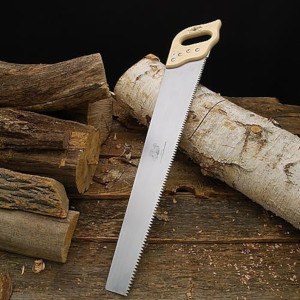

If you’re just beginning to explore the world of DIY landscaping, you might never have heard the word “crosscut” before. If you’ve seen that wood has a grain, it’s easy to understand: crosscutting is a cut perpendicular to the grain, which is used to shorten planks and cut down trees.
Crosscutting is more difficult because it goes against how the wood “wants” to be cut. You’ll need a saw built specifically for crosscutting to make a clean crosscut that doesn’t exhaust you. A crosscut saw has more teeth than a rip saw, packed tightly together so each one removes a small amount of wood.
Whether you’re building a complex DIY project or just cutting down trees in your garden, you’ll need to crosscut frequently. These reviews focus on manual-powered saws that are ideal for removing small to medium trees. If you want something to use in your workshop, we recommend a circular or miter saw with a 60+ toothed blade.
After the list, stick around for our guide on how to shop for a crosscut saw.
A Quick Comparison of Our Favorites in 2025
| Rating | Image | Product | Details | |
|---|---|---|---|---|
Best Overall

|
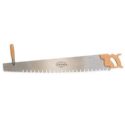
|
Lynx 3′ One-Man Crosscut Saw |
|
CHECK PRICE |
Best Two-Person Crosscut Saw

|
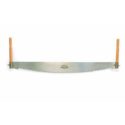
|
Lynx 4′ Two-Man |
|
CHECK PRICE |
Best Value

|
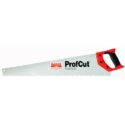
|
BAHCO PC-24-TIM 24 Inch Professional Saw |
|
CHECK PRICE |
|
|
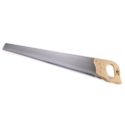
|
Kings County Tools Crosscut Saw |
|
CHECK PRICE |
|
|
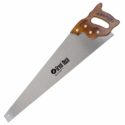
|
GreatNeck N2610 26” 12 TPI Crosscut Saw |
|
CHECK PRICE |
The 6 Best Cross Cut Saws
1. Lynx 3′ One-Man Crosscut Saw – Best Overall
Lynx’s 3-foot blade is our pick for the best crosscut saw on the market. It’s advertised as a one-person saw but comes with a movable auxiliary blade that can be attached so a second user can join in. This saw is ideal for all sorts of forestry and yard work. We used it for felling trees, crosscutting logs, and chopping firewood, and found it to be a fantastic asset every time.
It’s made of 1.5mm CS80 steel for a tough, durable blade that weighs less than 4 pounds. The beech handles can stand up to a lot of punishment. The blade uses the Great American tooth pattern, which places a gullet every three teeth to clear away wood chips and waste as you cut. It takes some elbow grease but cuts smoothly enough that you’ll feel like it’s working with you rather than fighting you.
On harder woods, the teeth tend to degrade quickly. Fortunately, Lynx gets ahead of the problem by making the blade simple for beginners to resharpen. Other than that, the only downside we can think of is that the main handle is a little small.
- Flexible one or two-person saw
- Smooth, finished crosscuts
- Gullets remove debris as you cut
- Easy to re-sharpen
- Lightweight but nigh-indestructible blade
- Handle is a tight fit
- Teeth degrade fast on hard woods
- Takes work to use
2. Lynx 4′ Two-Man – Best Two-Person Crosscut Saw
If the auxiliary handle on our #1 pick didn’t offer enough strength for your cutting partner, we have good news: Lynx also makes a dedicated two-person saw. The Lynx 4-Foot Two Man Crosscut Saw shares traits with its one-person counterpart. Its blade is also made of 1.5mm-thick British CS80 steel that holds its shape well while cutting.
The handles are also made of beechwood, but they’re long, open rods as opposed to the enclosed handles on the Lynx 3-Foot saw. This saw has a standard tooth pattern instead of the Great American layout, with one sharp tooth per inch. Without gullets, the blade can sometimes leave messier cuts, making this saw better for large-scale jobs than for cuts requiring a careful finish.
Also, beware that there’s no way to fold it up, which can make it a pain to store. It’s heavy, too. Besides that, we can’t think of anything to complain about with the Lynx 4-Foot. It handles well and slices thick trunks without any issues.
- Strong yet light steel blade
- Comfortable handles
- Easy for two users
- Cuts 15-inch trees with no trouble
- No gullets on the blade
- Heavy
- Difficult to store
3. BAHCO PC-24-TIM 24 Inch Professional Saw – Best Value
Given that professional lumberjack-grade crosscut saws are some of the most expensive ones you’ll ever find that aren’t power tools, we understand that many of you came to this list to find the best crosscut saw for the money. Therefore, we recommend the Swedish-made BAHCO PC-24-TIM 24-inch professional saw.
The PC-24-TIM’s two feet of steel features 3.5 teeth per inch, and each one is ground sharp on three sides so it can crosscut cleanly. Every tooth pulls its weight, working so hard that we could cut through a whole thicket of shrubs in one workday. The two-component handle combines a firm setting with a comfortable rubber grip.
This saw is intended for use on raw timber but can also split treated logs or chop firewood. It works just as well on all densities of lumber and feels effortless, even on the hardest stock. As you might expect, a 24-inch blade is less versatile than most. Cutting anything wider than 18 inches can be a hassle. Perhaps a bigger downside is that it’s not calibrated very well and tends to drift throughout the cut.
- 3.5 TPI leads to smooth cuts
- Extremely affordable
- Easy and comfortable to use
- Very sharp teeth
- Blade drifts during cuts
- Can only handle smaller trees
- No gullets
4. Kings County Tools 4-TPI 28″ Crosscut Saw
The saws on the back half of this list are ones we like, but they displayed a few more flaws during testing. The Kings County 28-inch Crosscut Saw is one example: an excellently designed manual cutting tool that doesn’t shine as bright as our favorite crosscut saws.
The 28-inch blade has the highest TPI count on the list, with 4 teeth for every inch. With such a close arrangement, this saw can make smooth crosscuts; some of ours looked like they’d been cut with a chainsaw. Its kerf is also wider than average, meaning it rarely bogs down. With this saw, you only have to cut once.
We also noticed it’s great at cutting wet wood, which some other crosscut saws have trouble with. While green cuts can take a while, this saw nonetheless gets the job done. In fact, we haven’t yet found a material it balks at.
The downside doesn’t come from Kings County’s cutting power but from the quality of its materials. The blade is made of a cheaper metal that, over time, is prone to corroding and deteriorating.
- 28-inch, 4 TPI
- Cuts wet or dry wood
- Blade is subject to corrosion
- Slower cuts on wet wood
5. GreatNeck N2610 26” 12 TPI Crosscut Saw
Sorry, did we say the Kings County crosscut saw had the highest TPI? The GreatNeck N2610 blows it out of the water. With 12 sharpened teeth per square inch, this is the closest thing to a manual finishing saw you’ll ever see.
The blade is made of high-carbon steel that holds a rigid shape to help the small teeth bite into the wood. You might expect it to cut slowly, but we found it went through a 12-inch trunk as fast as any other crosscut saw, if not more so. However, it takes more muscle power to get results that quickly.
The price point is very accessible, and it’s protected by a lifetime warranty. Here’s the inevitable catch (actually, a few catches). The handle’s odd shape won’t fit many hands, and there’s no rubber grip to make it more comfortable. The blade doesn’t taper, which leads it to get bogged down sometimes. Also, the blade cover doesn’t hold together at all. We strongly suggest you buy or make your own more trustworthy scabbard.
- Capable of fast cuts
- Smooth finish from 12 TPI
- Very cheap
- Flimsy blade cover
- Uncomfortable grip
- Blade bogs down
- Takes a lot of work to cut quickly
6. Stanley 20-065 26-Inch Saw
To close out our list, we have another 26-inch, 12 TPI saw, this time from Stanley. It has a different set of problems than the GreatNeck N2610; it requires a lot less elbow grease to cut with any sort of speed, but the blade wobbles a lot on faster crosscuts, giving you visibly sloppy results.
The big draw of the Stanley 20-065 is its induction-hardened teeth. Induction hardening is the process of heating metal by running electricity through it and then quenching it, resulting in harder teeth that keep their edge longer. You’ll be able to go up to five times longer than normal without sharpening these teeth, which is great because they can’t be re-sharpened. When dulled, you’ll have to replace the entire saw.
We don’t want to give the impression that the 20-065 is all wobbly cuts and irreplaceable teeth. It’s one of the only saws on this list that works on non-wood substances, including laminates and PVC. It also has a reasonably comfortable handle and a limited lifetime warranty. The reason it’s at #6 isn’t that it’s a bad saw but that it fails at the prime directive of crosscuts: keep them clean.
- 26-inch, 12 TPI
- Induction hardened teeth
- Large wood handle
- Tempered teeth can’t be sharpened
- Aggressive set
- Thin blade
Buyer’s Guide – Choosing the Best Crosscut Saw
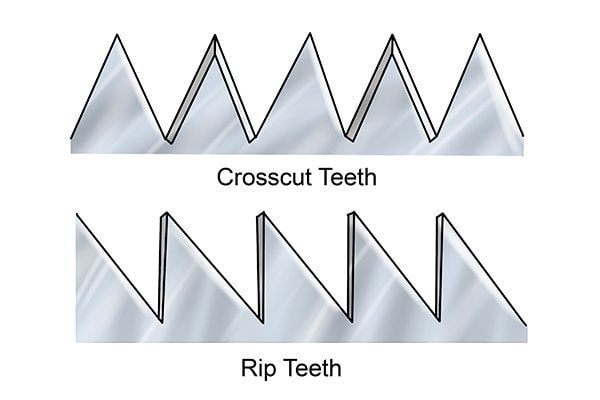
The most important difference is the teeth. Look closely at the teeth on a rip saw, and you’ll notice they’re shaped like wedges. Their job is to split wood down the middle, across the grain.
By contrast, crosscut teeth are shaped like blades. They saw back and forth through the wood grain, severing it as they go. This shape cuts more slowly than a rip saw, like how a sword is less efficient at splitting logs than an axe, but when you’re finished, it leaves a much smoother face on the wood.
Now that you know how to tell a crosscut saw from a rip saw, keep reading to learn what else to look for when choosing the right crosscut saw.
Tooth Pattern

Crosscut saw teeth come in six typical patterns (there are others, but they’re mostly no longer used). They fit into two groups of three.
- In plain tooth, M tooth, and Great American tooth patterns, every tooth has two jobs. One edge cuts through the wood fibers, while the other pulls the shavings and sawdust out of the cut.
- In champion tooth, lance tooth, and perforated lance tooth patterns, some teeth are “cutters” while others are “rakers.” Cutter teeth cut the wood fibers while raker teeth remove the debris.
Our list shows that plain tooth and Great American tooth patterns are the most common. There’s no such thing as an objectively superior pattern; the best way to decide which one you need is to try it out on live wood.
Tooth Count
A hand saw’s tooth count is expressed in either teeth per inch (number of full teeth in one inch of blade) or point per inch (number of points in one inch of blade, usually but not always the same as teeth per inch).
Crosscut saws are supposed to get smoother cuts, so they have higher tooth counts on average. However, remember that the teeth’s shape makes a crosscut saw, not the number. Crosscut saws can have lower TPI counts to better cut through thicker trunks.
Additionally, a perfectly smooth cut isn’t always the priority when felling trees. Thus, more TPI doesn’t always make a better crosscut saw. Instead, follow this rule: the wider the cut, the fewer TPI your saw should have.
Blade Length
The longer the saw blade, the more you’ll be able to cut with it at once. It’s possible to use a crosscut saw to cut through a tree that’s wider around than the saw is long, but it’s pretty frustrating.
Three feet is about the maximum length of a saw that one person can wield at a time. No matter how burly your biceps might be, keeping 4 feet of metal stable on your own is tough, especially with half the weight of a tree sitting on it. Like our #2 pick from Lynx, 4-foot blades work best with two people operating them.
Blade Shape
Hand saw blades come in two shapes: flat and tapered.
- Flat blades have a uniform width from top to bottom.
- Tapered blades, on the other hand, are thicker at the toothline, typically a difference of about 0.1 inches. Tapered blades are far less likely to get bound up mid-cut since the cut is almost always thicker than they are.
Handle
Don’t overlook the handle; you’ll spend a lot of time holding onto it, and it should be comfortable. Solid wood handles are popular since they maintain their shapes for longer, but plastic-rubber composite handles are more comfortable to grip.
How to Sharpen the Teeth of Your Crosscut Saw
To close out the buyer’s guide, we’d like to share this awesome video on how to sharpen your saw’s teeth.
 Conclusion:
Conclusion:
We hope you had as much fun reading these reviews as we did writing them. There’s nothing like heading into the woods with a trunk full of crosscut saws and seeing which one outperforms all the others. Now that you’ve finished the reviews, you should be able to get the exact crosscut you need for your property.
Just as a reminder: if you’re still unsure, get a crosscut saw made by Lynx. They’re responsible for our favorite models. Their 3-foot one-person saw is capable in any forestry situation, easy to convert into an even more powerful two-person saw, and simple for amateurs to sharpen. The gulleted Great American tooth pattern leaves cuts clean and splinter-free.
You also can’t go wrong with Lynx’s 4-foot two-person saw. It’s only ranked slightly below its one-person cousin because storing and carrying around takes more work. Other than that, it’s a tough, fast, user-friendly crosscut saw.
Contents
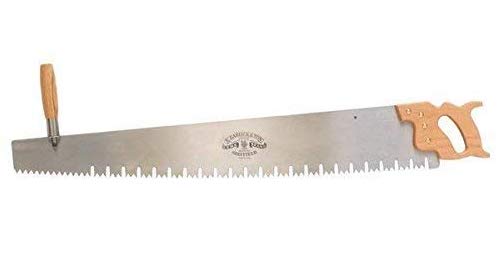
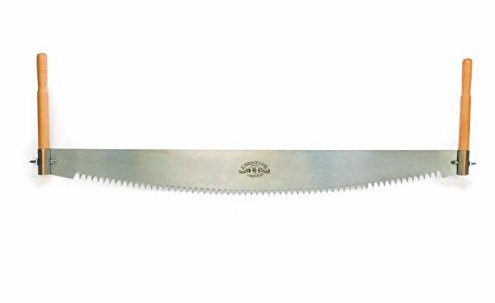

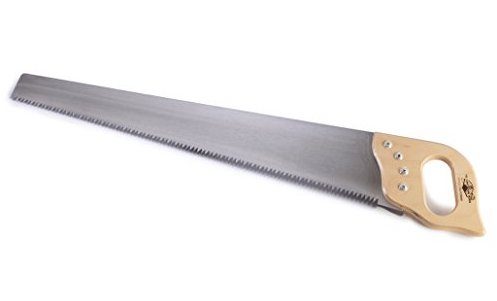
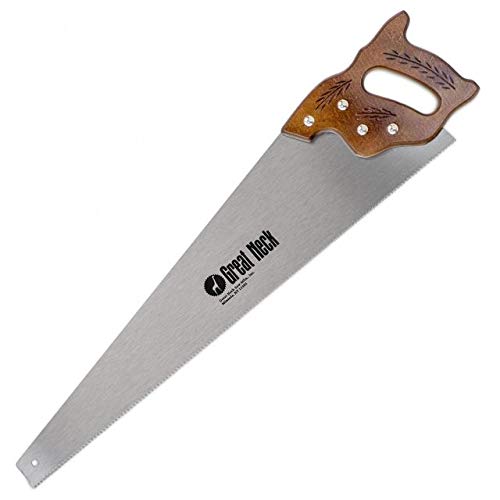
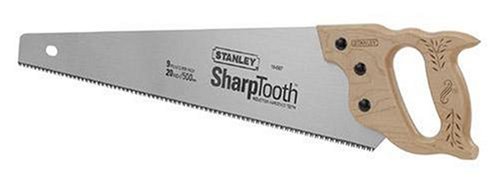
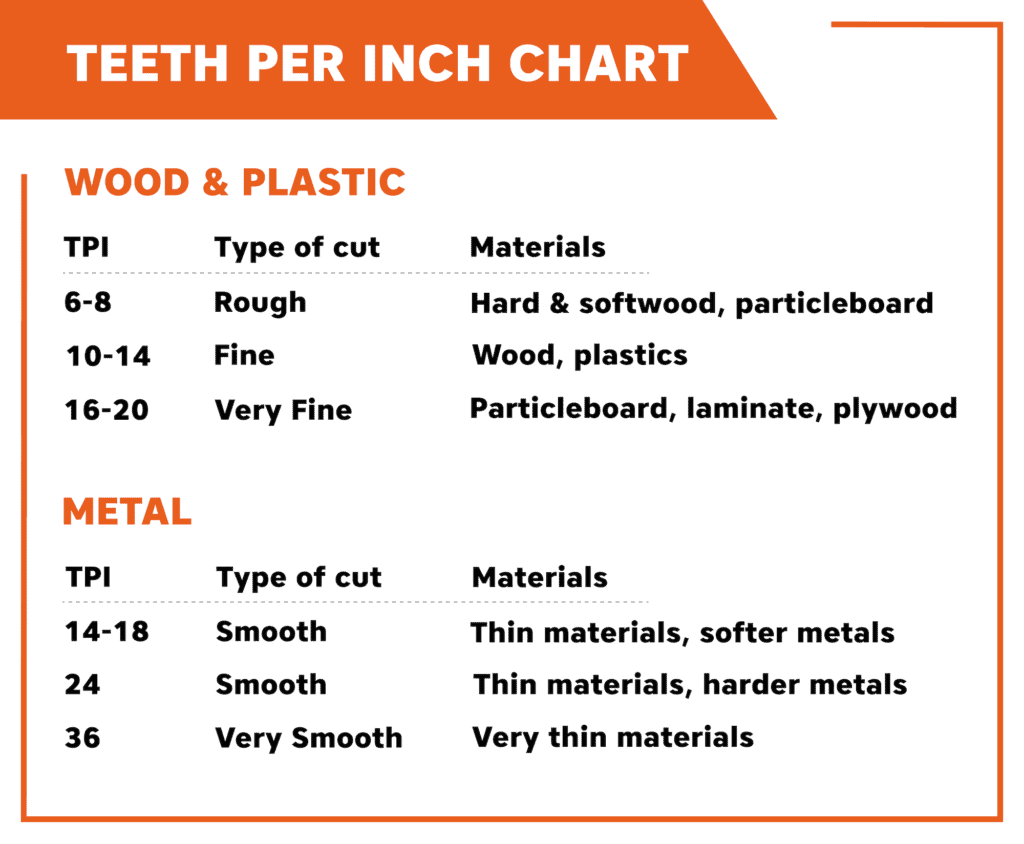
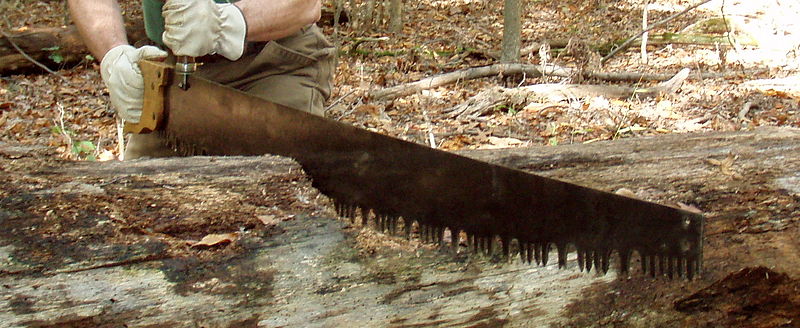
 Conclusion:
Conclusion: